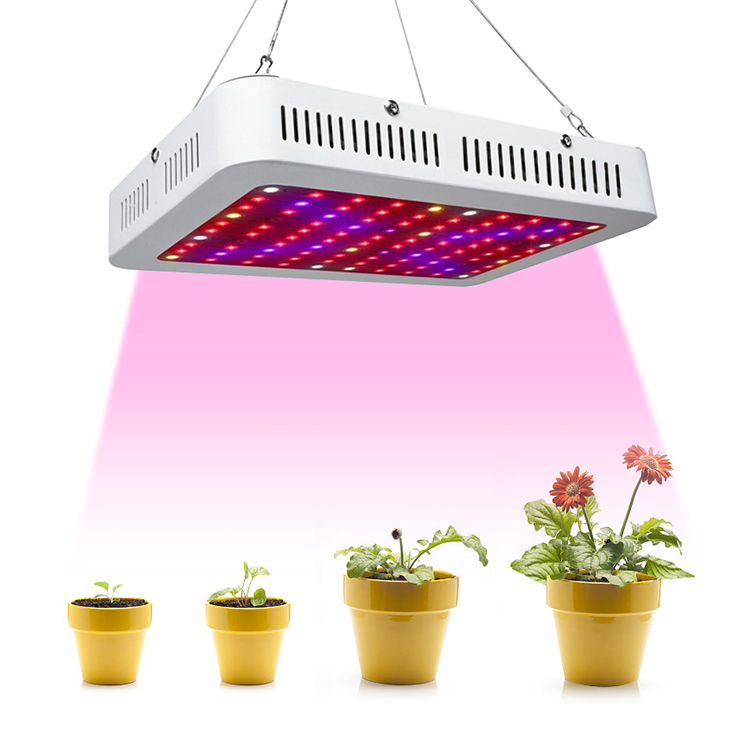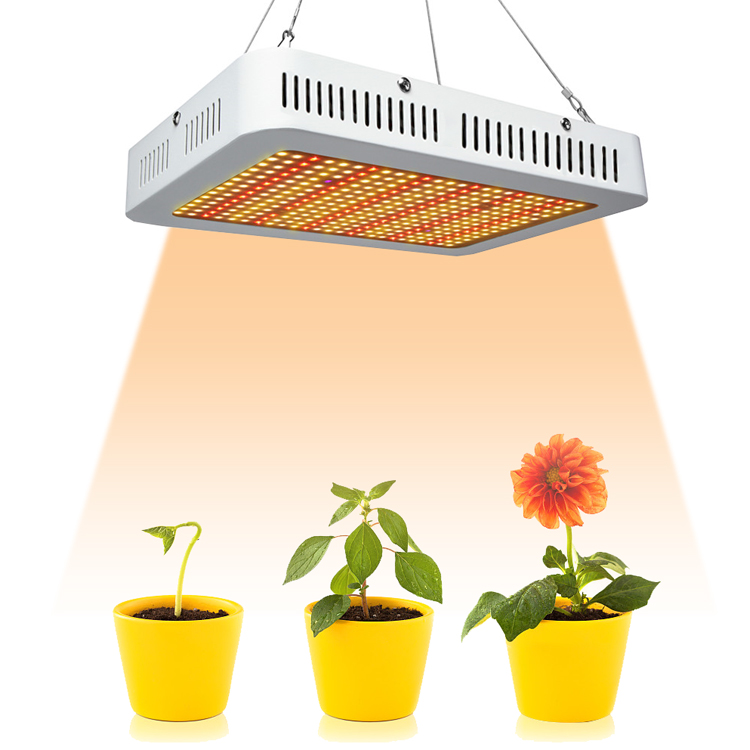Global mobile data consumption increased by 2.6 times in 2010. This is a nearly three-fold increase in mobile data usage for three consecutive years. By 2015, the global mobile data business volume is expected to grow to 26 times in 2010. One of the key factors leading to this dramatic growth is the rapid spread of smartphones and tablets. Global mobile data users expect their devices to be networked at high speeds anywhere in the world.
This expectation puts a huge burden on network and device performance. In mobile data devices, the antenna is the only component of the "contact" network, and optimizing antenna performance is becoming increasingly important. However, the challenges facing 4G antenna design in smartphones and tablets are daunting. Although there are many possible solutions to these challenges, each has potential performance tradeoffs.
4G antenna design challenges
There are many factors that affect the antenna performance of handheld mobile communication devices. Although these factors are related, they can generally be divided into three categories: antenna size, mutual coupling between multiple antennas, and device usage models.
Antenna size The antenna size depends on three factors: operating bandwidth, operating frequency and radiation efficiency. Today's bandwidth requirements are getting higher and higher, its driving force comes from the FCC frequency allocation in the United States and the roaming agreements of operators worldwide; different regions use different frequency bands. "Bandwidth and antenna size are directly related" and "efficiency and antenna size are directly related"-this usually means that larger antennas can provide greater bandwidth and higher efficiency.
In addition to the bandwidth, the antenna size also depends on the operating frequency. In North America, operators Verizon Wireless and AT & T Mobility chose to promote LTE products that work in the 700MHz band, which was part of the FCC UHF-TV redistribution band a few years ago. These new frequency bands (17,704-746MHz and 13,746-786MHz) are lower than the traditional cellular frequency bands (5,824-894MHz) used in North America. This change is huge, because the lower the frequency, the longer the wavelength, so a longer antenna is needed to maintain the radiation efficiency. In order to ensure radiation efficiency, the antenna size must be large. However, equipment system designers also need to add larger displays and more functions, so the usable antenna length and overall volume are greatly limited, thereby reducing antenna bandwidth and efficiency.
The updated high-speed wireless protocol for mutual coupling between antennas requires the use of MIMO (multiple input multiple output) antennas. MIMO requires multiple antennas (usually two) to work on the same frequency at the same time. Therefore, multiple antennas need to be placed on the phone equipment, and these antennas must work simultaneously without affecting each other. When two or more antennas are located close together, a phenomenon called mutual coupling occurs.
For example, two antennas are placed next to each other on the mobile platform. Part of the energy radiated from the antenna 1 will be intercepted by the antenna 2. The intercepted energy will be lost in the terminal of the antenna 2 and cannot be used. This can be expressed by the loss of system power added efficiency (PAE). According to the principle of interchangeability, this effect is the same in the transmit and receive modes. The coupling amplitude is inversely proportional to the separation distance of the antenna. For mobile phone implementation, the distance between antennas operating in the same frequency band in MIMO and diversity applications can be 1/10 wavelength or less. For example, the free space wavelength at 750MHz is 400mm. When the interval is very small, such as much less than one wavelength, the degree of coupling will be high. The energy coupled between the antennas is useless and only reduces data throughput and battery life.
Compared with traditional mobile phones, device usage models have greatly changed in smartphone and tablet usage models. In addition to normal operation, these devices must also meet electromagnetic wave energy absorption ratio (SAR) and hearing aid compatibility (HAC) regulations.
Another aspect of the usage model is the type of content consumed. Video-intensive mobile applications such as massive multiplayer online role-playing games (MMORPG) and real-time video data streaming continue to drive data usage to soar. According to ABI Research's forecast, from 2009 to 2015, data usage in Western Europe and North America is expected to grow at a compound annual growth rate (CAGR) of 42% and 55%, respectively. These similar applications are driving manufacturers to produce larger-size, higher-resolution displays. The increase in data usage is also quietly changing the way consumers hold these devices. For example, for gaming applications, users must hold the device with both hands, while other applications may not need to hold the device at all.
Increasingly larger display screens and changes in user grips make it more and more difficult to find a good location for the antenna radiating unit that is not blocked by the display screen or the user's palm. In addition to these constraints, equipment manufacturers want product lines with fewer SKUs (smallest inventory units), and developing platforms that can work anywhere in the world is the trend for such products.
1000w high power Double Chips LED Grow Light, with 100pcs led, 2pcs fast-speed cooling fans, full aluminum body, with daisy chain design.
work well for indoor plants grow light ,include 1000w double switch, 1000w 4000k double chips Led Grow Lamp.
1000w double chips grow light(red+blue+UV+IR+White)

3500k white 1000W Led Grow Light.

Plant Light Bulbs,Grow Lights For Indoor Plants,Led Grow Light Bulbs,1000W Led Grow Light
Shenzhen Wenyi Lighting Technology Co., Ltd , https://www.wycngrow.com